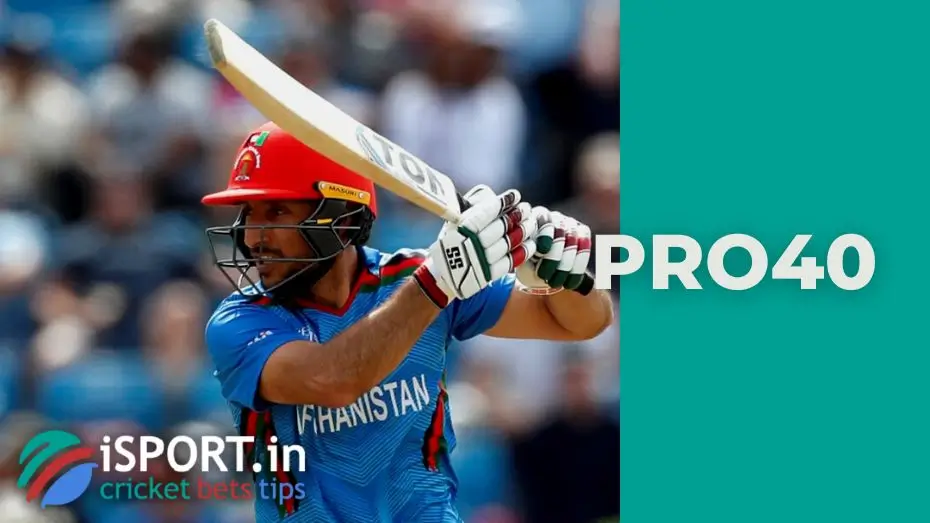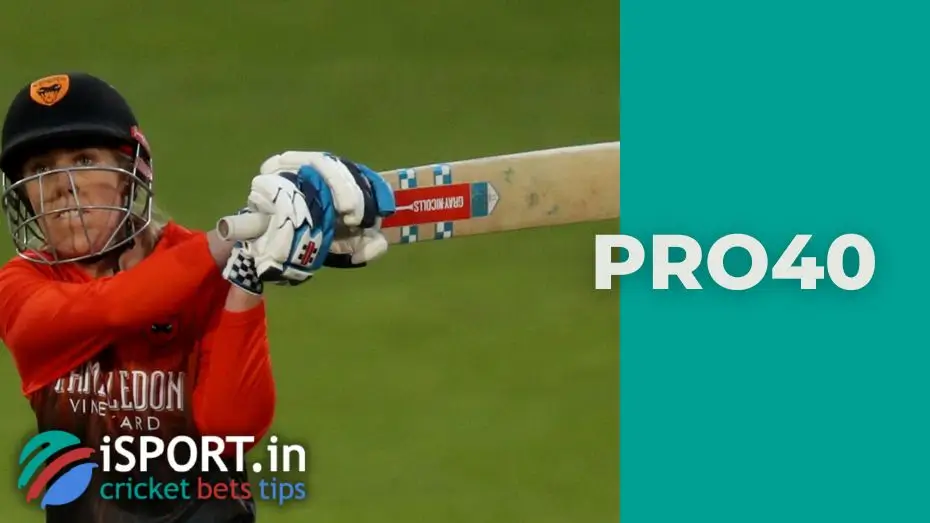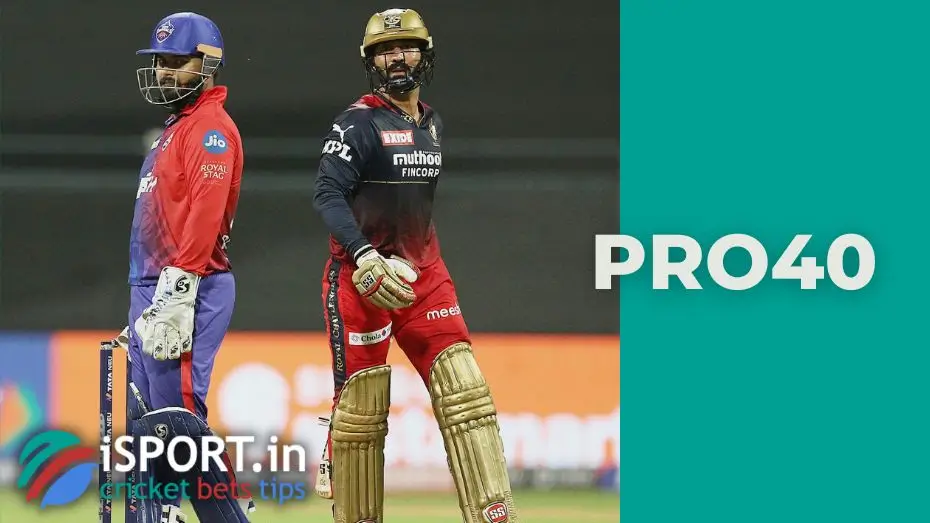Pro40

Throughout the history of cricket, dozens of different tournaments have been organized and played. Some of them existed for a long time, some for a short time. Many were canceled due to the low public interest, and some were simply replaced by a new format. This is where the Pro40 belongs.
This article will tell you what kind of tournament it was, when it was held, and give you a brief history of it. In addition, you will find out which teams of the first and second divisions participated in it when another competition replaced the Pro40.
Pro40: tournament definition and brief history
Now we will tell you as briefly and simply as possible what the Pro40 tournament is.
Pro40 is a professional cricket competition with limited-overs (40 overs per side). It is held in England from 1969 to 2009.
Basically, Pro40 history is divided into two big periods: Sunday League and National League (the term Pro40 was first used in 1999 to reflect the number of overs). The Sunday League was launched in 1969 as the second one-day competition in England and Wales, alongside the Gillette Cup launched in 1963. Until 1986, the tournament was sponsored by John Player & Sons and was called John Player’s County League (1969), the John Player League (1970 – 1983), and then the John Player Special League (1984 – 1986). Then teams from 17 counties took part in the competition.
The sponsor was later changed to Refuge Assurance, and since 1987 the tournament has been renamed the Refuge Assurance League. In 1988, the organizers introduced a late-season playoff known as the Refuge AssuranceCup, and this continued until 1991 inclusive.
The Sunday League was not sponsored in 1992, so it had its own standard name. However, in 1993, AXA Equity and Law became its sponsor (and, accordingly, the league received such a name). There were 50 overs per inning in matches this season but the next season, this number returned to 40. In 1997 the tournament was called the AXA Life League, and in 1998 it was simply the AXA League.
Then a new period began in the tournament’s history – the National League was founded in 1999. There have already participated 18 teams, divided into two divisions. Depending on the sponsor, the tournament had the following names:
- the CGU National League (1999);
- the Norwich Union National League (2000);
- the Norwich Union League (2001 – 2002);
- the National League (2003);
- the Totesport League (2004 – 2005);
- the NatWest Pro40 (2006 – 2009).
The ECB announced plans to update the competition structure in July 2009. It was decided that the Pro40 would replace the Friends Provident Trophy. In August of the same year, it was announced that it was a tournament similar to the Pro40, with 40 overs per inning. And since then the Pro40 has ceased to exist.

Pro40: which teams participated in the tournament at the time of its closing
As you already know, the Pro40 was replaced by another tournament in 2009. At the time of the replacement, the teams participating in this competition format were divided into two divisions.
Just for history, we suggest you familiarize yourself with these commands. They continue their game in English domestic cricket competitions, but in other tournaments.
First Division Teams:
- the Durham Dynamos;
- the Essex Eagles;
- the Gloucestershire Gladiators;
- the Hampshire Hawks;
- the Nottinghamshire Outlaws;
- the Somerset Sabers;
- the Sussex Sharks;
- the Worcestershire Royals;
- the Yorkshire Carnegie.
Second Division Teams:
- the Derbyshire Phantoms;
- the Glamorgan Dragons;
- the Kent Spitfires;
- the Lancashire Lightning;
- the Leicestershire Foxes;
- the Middlesex Panthers;
- the Northamptonshire Steelbacks;
- the Surrey Brown Caps;
- the Warwickshire Bears.
The last team to win the Pro40 was the Sussex Sharks.

Now you know all the basic information about the Pro40. Have you ever watched matches in this format? Let us know in the comments and share your opinion on the teams and other English tournaments currently helding.
You can bet on your favorite team with Pin Up promo code.
